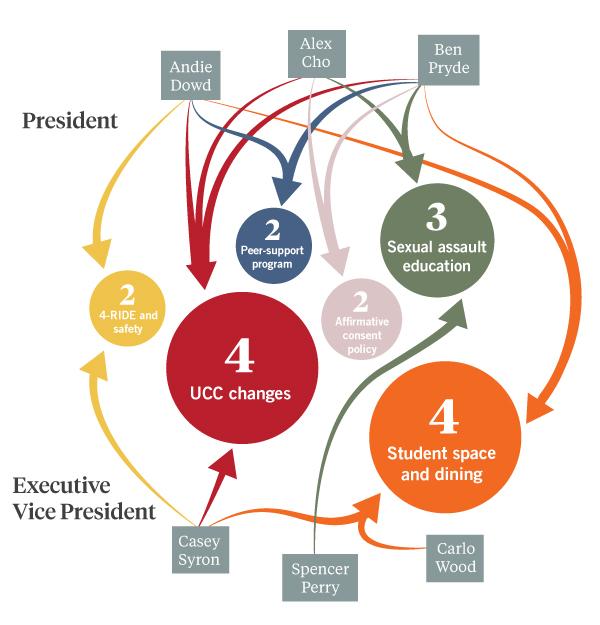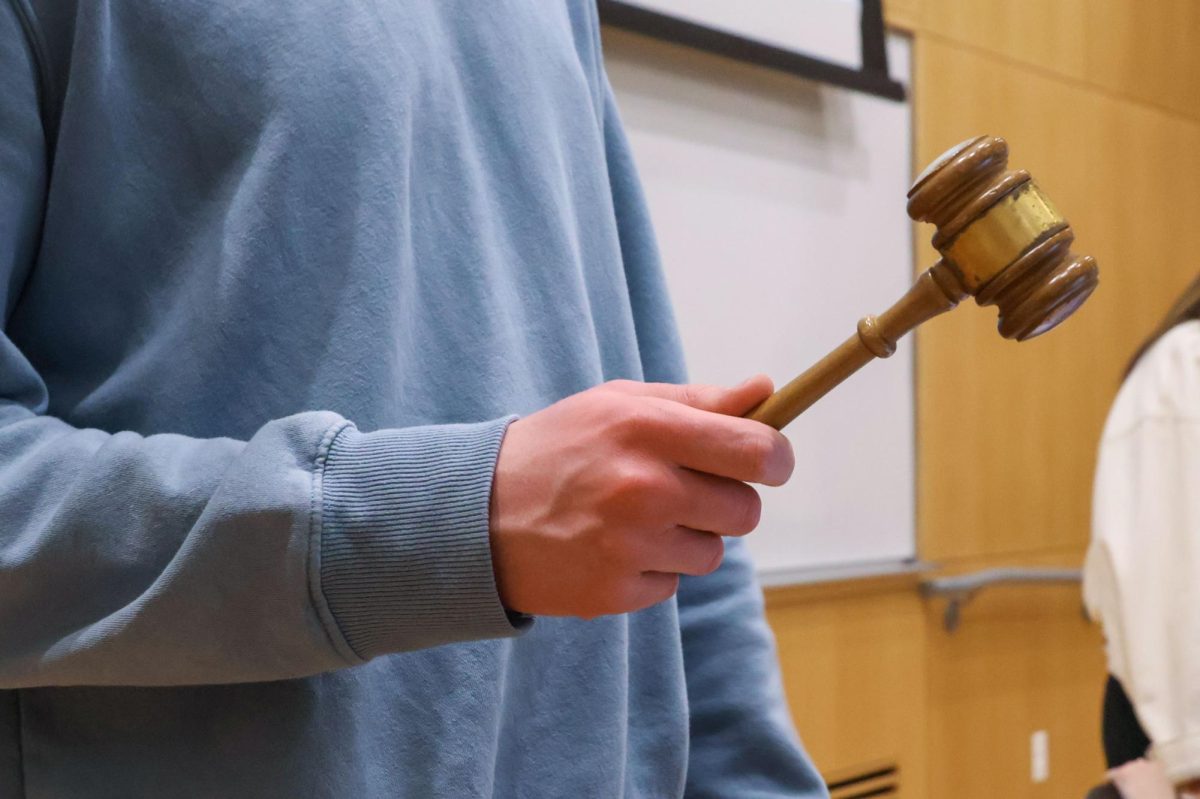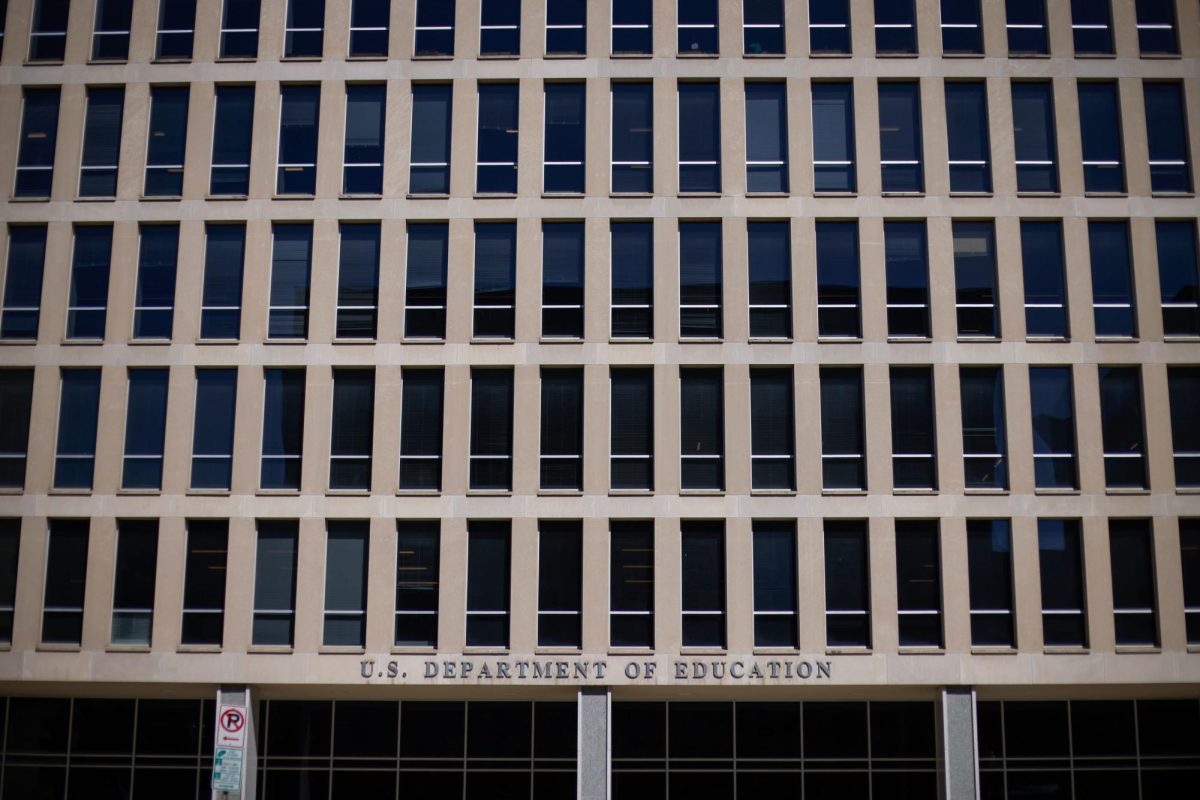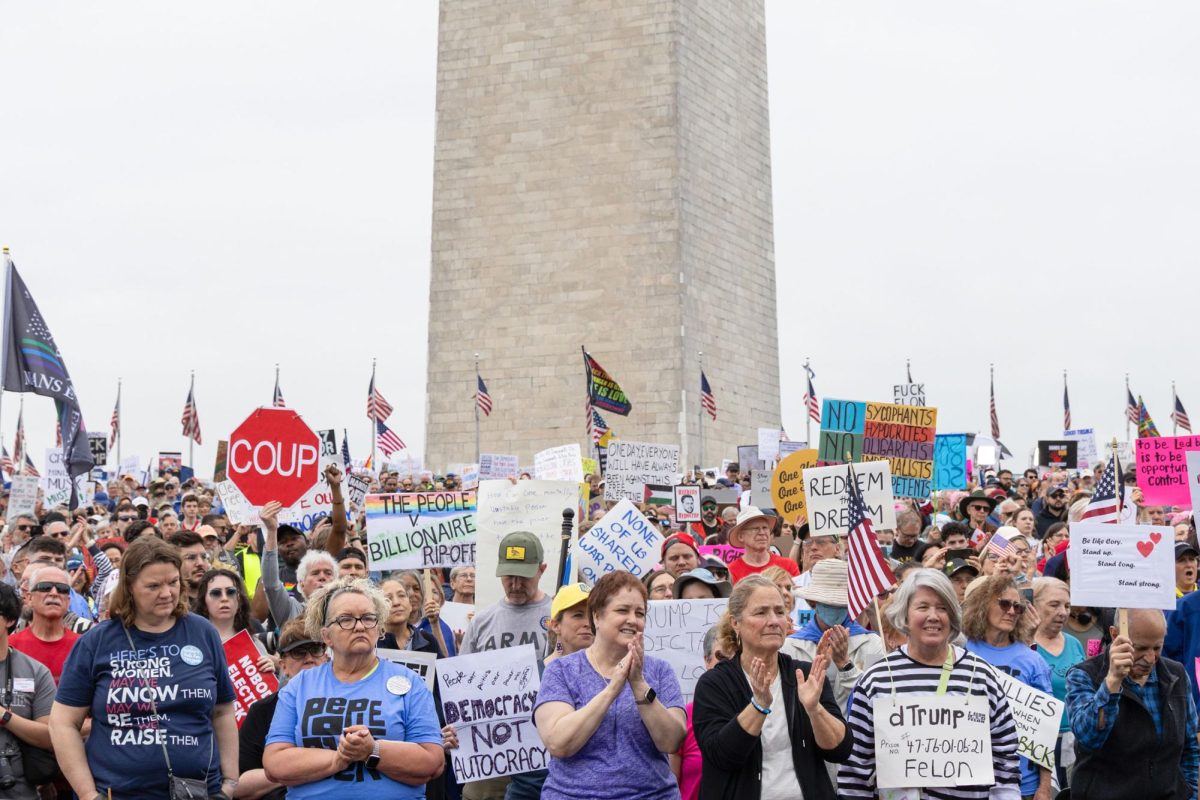Some Student Association candidate platforms for the body’s top two posts may look similar to laundry lists this year.
Ideas laid out by the six candidates have the most overlap, as well as borrowing from existing programs, in recent history, student leaders say. Out of the combined 42 platform points announced by candidates, just 14 ideas propose a new program that either doesn’t already exist or isn’t in the works.
Each SA presidential candidate this year has made at least one campaign promise that is already a policy at the University or is on its way to being installed as a feature at GW — a strategy former and current student leaders said helps make success more possible.
SA President Nick Gumas said he was meticulous about which items he added to his platform, making sure that each campaign point was something he could achieve while he was in office. But he said this year, some candidates are trying to take on too much.
Candidate pitches include ideas from expanding 4-RIDE boundaries to asking for free counseling services.
Gumas said candidates should focus on a few feasible platform points instead of trying to tackle a bevy of issues. He said, historically, limiting platforms to three key topics helps simplify the campaign process.
“You don’t want a candidate taking issues and adding them on their agenda like a Christmas list of platform items. That’s absurd and unrealistic,” Gumas said.
That system has worked so far for him: Two of Gumas’ three major platform points have already been set in motion. University President Steven Knapp signed off on Gumas’ peer-counseling program in January and students will now pay $50 to receive academic credit for internships, a significant drop from the $1,300 students previously had to pay.
Crafting realistic goals
Candidates said they talked with students and administrators when determining on which items to focus their campaigns. The number of topics candidates are running on range from Carlo Wood and Spencer Perry’s three each to Ben Pryde’s 18.
Tim Miller, the SA’s official adviser, said he doesn’t speak with candidates about their platforms until they are elected, but that initial meeting can be a reality check for how much they are actually capable of achieving.
He said students have to recognize that not every issue can be tackled in a year and prioritizing items the University is already considering or committed to is one way to streamline platforms and up an executive’s chance of success.
“If your stuff is already happening, then it looks like you just got a lot of wins right away, or people will be like, ‘Wait, you had nothing to do with that,’” Miller said. “I just think it’s the reality of you’re not going to be able to do what you want to do. You have to make choices.”
Though sexual assault prevention is a top priority for Perry, he said he didn’t want to limit his platform to just one area, a multitasking approach he said he will continue if elected.
“I don’t want to build a false dichotomy by saying that we can only achieve one thing, or that we can only achieve two things, we can only achieve five things,” he said. “The Student Association is best when we have every single member of it acting toward multiple goals.”
Andie Dowd said she based her platform on past experiences as a member of GW’s health and wellness task force, a group that helped bring health services to campus, and her connections with top University administrators like Mark Levine, the senior associate dean of students.
She said she wanted to make sure her platform honed in on realistic goals that GW would be able to accomplish during her year as president.
“I focused on a reasonable platform that administrators are already fans of,” she said, citing ideas like placing sexual assault resources on the back of GWorld cards and making sexual assault resources more accessible to students.
Taking on past priorities
A trend in focusing on student space has transitioned to a spotlight on wellness issues. Former president Julia Susuni ran on bringing health services to campus in 2012, and Gumas highlighted creating a peer-counseling program throughout his campaign.
The same six issues were included in the platforms of least two of the six candidates running for executive positions. The most popular topics were improving the University’s counseling services, making changes to GW’s dining options and creating an affirmative consent policy.
At least three executive candidates touted their ability to help oversee the rollout of Gumas’ signature peer-support program.
Pryde said he included so many platform points because he wanted to at least lay the groundwork for future SA presidents, like Susuni did for Gumas and Gumas did for next year’s president.
He said his platform was a combination of short-, medium- and long-term goals, and the points that have already been discussed among GW’s leaders are the ones on which he expects to make the most progress.
John Bennett, who ran for president in 2012, said it’s also important for candidates to see which policies they can transfer from the last administration to their own. He lost his election, but after serving as the chair of the SA Senate finance committee, he was appointed to an executive cabinet post.
“We see in politics that policy flows from one administration to the other, and that’s true for the SA to some extent,” he said. “You run into impenetrable barriers but there are certain components you can get done in a platform as soon as you get there.”
Previous successful strategies
Gumas said research was essential to determine what is possible to actually get done during the year long term. He said he didn’t consider candidates running on supporting existing policies to have agendas that would be effective for a leader of the student body.
“I think there’s a difference between an administrator actively working on a project and a policy that’s already there, and I think we have examples of both going on here,” he said about this year’s candidates’ platforms.
A snapshot of the platform points that are already in place on campus include Alex Cho’s support of the GW Housing Bill of Rights, which has been in place for almost two years, and Pryde’s idea of a partnership between the University Counseling Center and the Meltzer Center, a mental health training program staffed by psychology students, already exists.
Former SA president Ashwin Narla said he used campus publications to research his platform and spoke with administrators in the division of student affairs to find out what policies already existed and which ones needed to be improved.
He said if a candidate can take an initiative the University is already working on and spin it into a platform point, it can be an effective way to get more programs and changes implemented more quickly.
As president, Narla created a University-wide calendar, oversaw a student fee increase to boost the SA’s budget for student organization allocations and helped to bring in changes to student space in the Marvin Center proposed by John Richardson, the previous president.
“One of the most difficult things at GW is how slowly things get done,” he said. “It’s smart to think, for a platform, if the University is trying to get that going, trying to push that through as president.”
Zach Bernsten contributed reporting.







